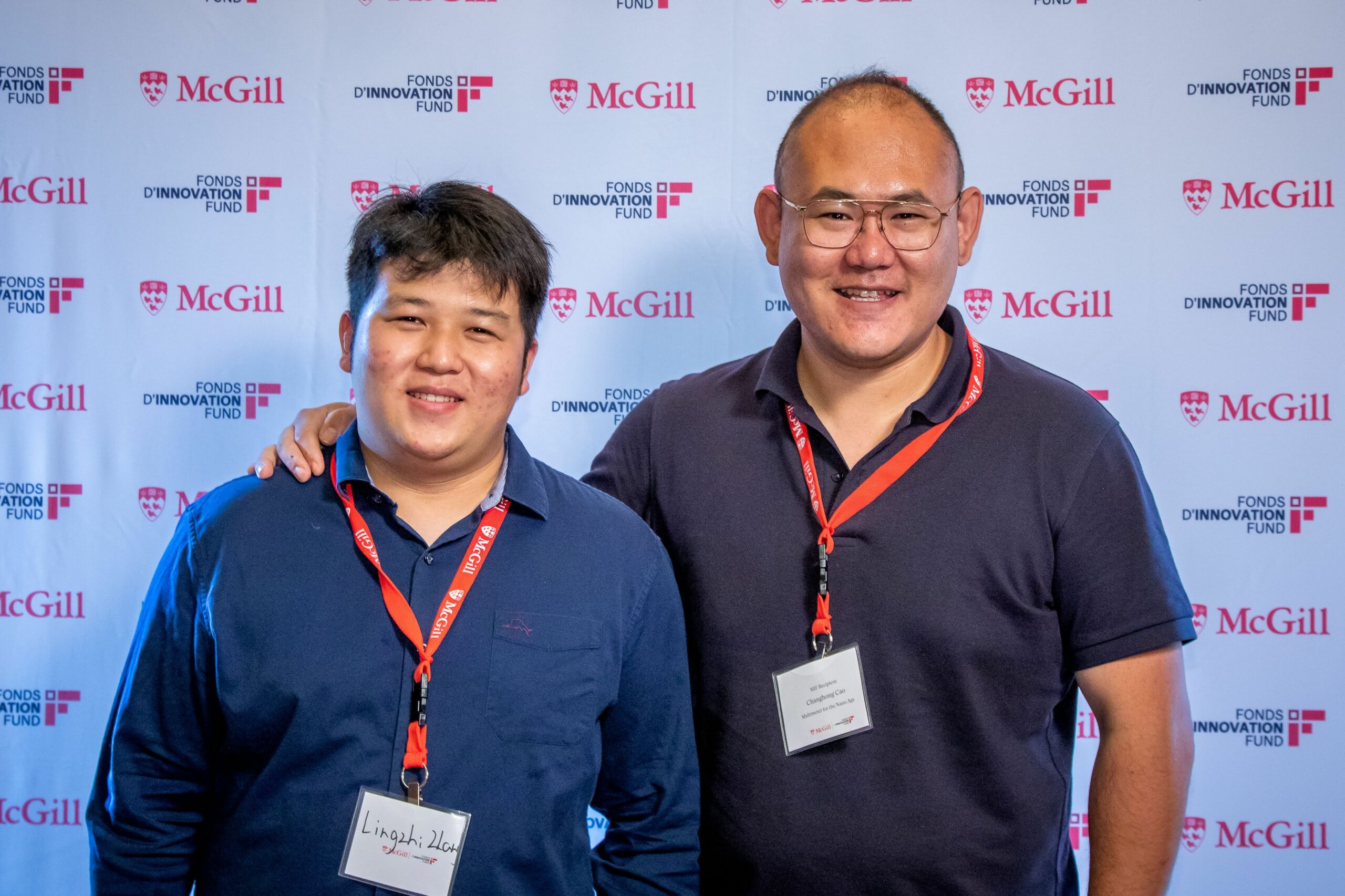
Call it the halo effect. But after securing an award from the McGill Innovation Fund (MIF) in the winter of 2021, Professor Changhong Cao’s project on nano-scale measurements has been going from strength to strength.
The mechanical engineering professor entered the inaugural MIF competition with no preconceptions. In his selected tier (Prelaunch, designated for early-stage technologies), six teams were competing for one of the $25,000 awards on offer. As a full-time lecturer, he was quite used to giving presentations. And having had experience as an entrepreneur in the past, he knew how to make a business pitch. But this time was different – the MIF is the largest fund of its kind at McGill, and one of the biggest in Canada.
“I was confident in my technology,” said Professor Cao, “but I wasn’t sure if the MIF would fund my project. I thought my chances at success were 50-50.”
Cao’s project was to bring his ‘multimeter for the nano age’ project further along the road to commercialization. Some readers may already be familiar with what a multimeter is, those devices that measure different electric properties, such as voltage, resistance and so forth. About the size of a mobile phone, it has red and black contacts that send electric impulses to the item to be tested. Simple enough if you can hold what you want to test. But what about something really small? As in nano-scale small?
Currently there is no commercially-available technology that can characterize the multi-physical properties (e.g., mechanical, electrical, thermal and their coupled correlations) of nanofilms – which is a real problem if you are in the business of making nanofilms-based electronics. As a reminder, a nanometer is 1/60,000 the thickness of a human hair. The global interest in smaller and smaller devices that have more and more functions is driving development of this hyper small-scale technology.
Initially, Cao applied to the NSERC Idea to Innovation (I2I) program, but his application was denied. The reason? His estimation of the potential market for his technology was seen as too small to be of interest – he had conservatively estimated this to be around $10 million. He later took part in the MIF and was eventually chosen as a member of the first cohort.
One of the hallmarks of the MIF is that it is more than just a funding program – as a program recipient Cao also benefited from a robust support program that put him in contact with a panel of external advisors. It was at the first meeting with this panel that Cao was prodded to look again at his business plan. It would prove to be a pivotal question.
“One of the advisors pointed out that we should size our total addressable market by benchmarking the silicon device industry,” he explained. “This advice clicked in my mind.”
Adjusting the potential scale of his technology was more than a bit of imaginary accounting – it was a game-changer. Instead of a $10 million market, he was now looking at something over two billion dollars. He reapplied to the I2I program this year using the new perspective and the submission was accepted. The grant for the first phase of the program is worth $125,000.
In addition to his success with NSERC, Cao also obtained a Tech Accel R grant from the McGill Engine, with a value of $15,000. All told, his project has netted $165,000 in non-dilutive funding, positioning the technology for strong future growth. Was it all from the halo cast by the MIF? Perhaps. But it is certainly an auspicious start for a promising technology.
